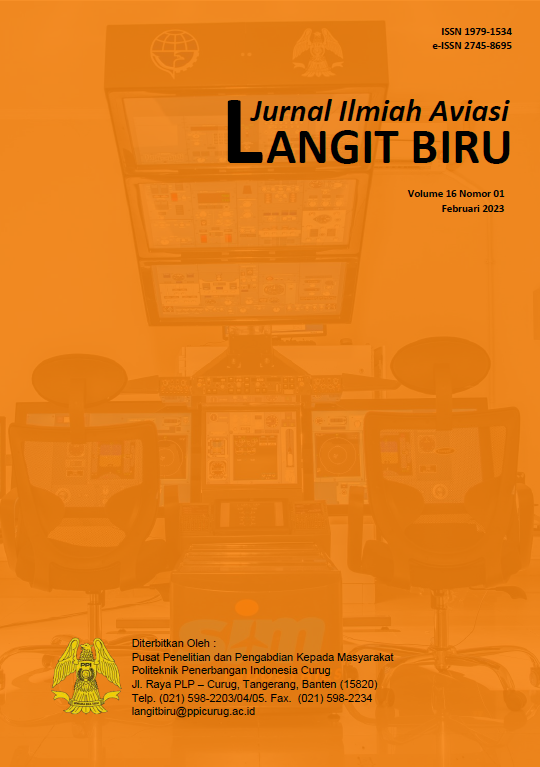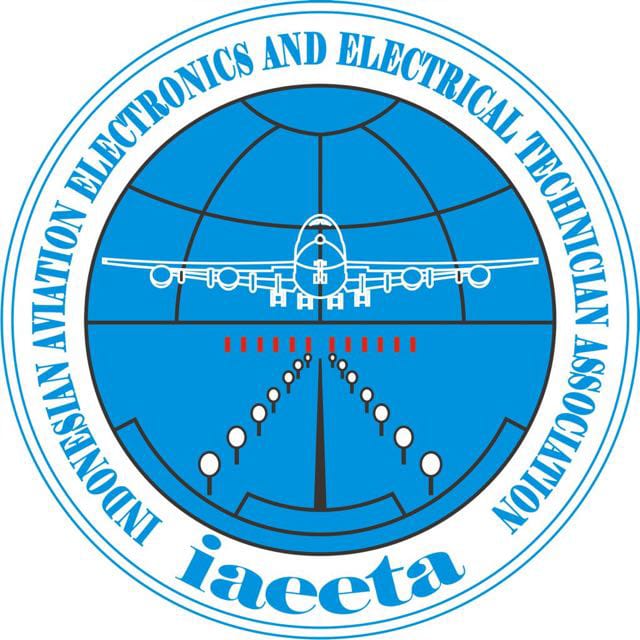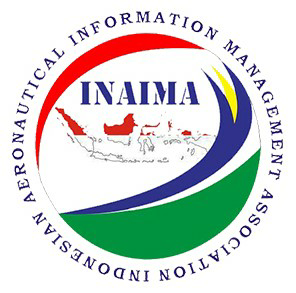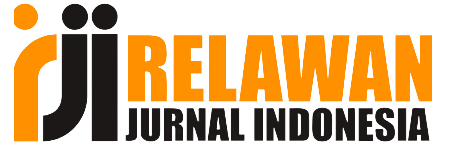Fuel Planning Analysisng of Extended Twin Engine Operations for Jakarta - Jeddah Route
Abstract
This study analyzes ETOPS fuel planning for an Airbus A330-343 from Jakarta (CGK) to Jeddah (JED) route, comparing 90-minute and 120-minute diversion times across four flight cases: standard, pressure loss, engine failure, and combined pressure loss with engine failure. Industry-standard methodologies were employed to calculate fuel requirements, payload capacities, and flight durations for each scenario. Results indicate that the 120-minute diversion time generally offers advantages in fuel efficiency and payload capacity. The standard fuel plan for 120-minute diversion required 63,790 kg of fuel, compared to 64,689 kg for the 90-minute scenario. Pressure loss cases demanded the highest fuel consumption in both scenarios. The 120-minute diversion time also allowed for a more direct flight path, reducing overall flight duration in most cases. This research provides insights into optimizing ETOPS fuel planning for long-haul twin-engine aircraft operations, potentially enhancing operational efficiency and economic performance while maintaining safety standards in commercial aviation
Downloads
References
Airbus. (2003). A330 Flight Crew Operating Manual. Airbus SAS.
da Fonseca Filho, V. F., Gama Ribeiro, R. F., & Lacava, P. T. (2019). Turbofan engine performance optimization based on aircraft cruise thrust level. Journal of the Brazilian Society of Mechanical Sciences and Engineering, 41(2), 64. https://doi.org/10.1007/s40430-018-1562-1
DeSantis, J. A. (2013). Engines Turn or Passengers Swim: A Case Study of How ETOPS Engines Turn or Passengers Swim: A Case Study of How ETOPS Improved Safety and Economics in Aviation Improved Safety and Economics in Aviation. Journal of Air Law and Commerce, 77. http://digitalrepository.smu.edu.
ICAO. (2017). Doc 10085 Extended Diversion Time Operations (EDTO) Manual (1st ed.). International Civil Aviation Organization.
Miguel, J., & Silva, R. (2018). FUEL BURN BENEFITS OF ALTITUDE OPTIMIZATION STRATEGIES IN THE CRUISE PHASE OF LONG-HAUL FLIGHTS. XVII SITRAER – Air Transportation Symposium.
Purwaningsih, R., Pritandari, L., & Santoso, H. (2018). Cost-benefit analysis of flight extended operations (ETOPS) for Garuda Indonesia airways. SHS Web of Conferences, 49, 02015. https://doi.org/10.1051/shsconf/20184902015
Showail, A. J. (2022). Solving Hajj and Umrah Challenges Using Information and Communication Technology: A Survey. IEEE Access, 10, 75404–75427. https://doi.org/10.1109/ACCESS.2022.3190853
Troutt, J. E. (2020). Fuel Conservation Technology Development and Use in Large Transport Category Aircraft. 2020 Intermountain Engineering, Technology and Computing (IETC), 1–6. https://doi.org/10.1109/IETC47856.2020.9249183
World Population Review. (2024, January 2). Muslim Population by Country 2024. World Population Review. https://worldpopulationreview.com/country-rankings/muslim-population-by-country
Copyright (c) 2025 Alfian Yannu Alfaridzi

This work is licensed under a Creative Commons Attribution-NonCommercial-NoDerivatives 4.0 International License.



.png)


1.png)
.png)












